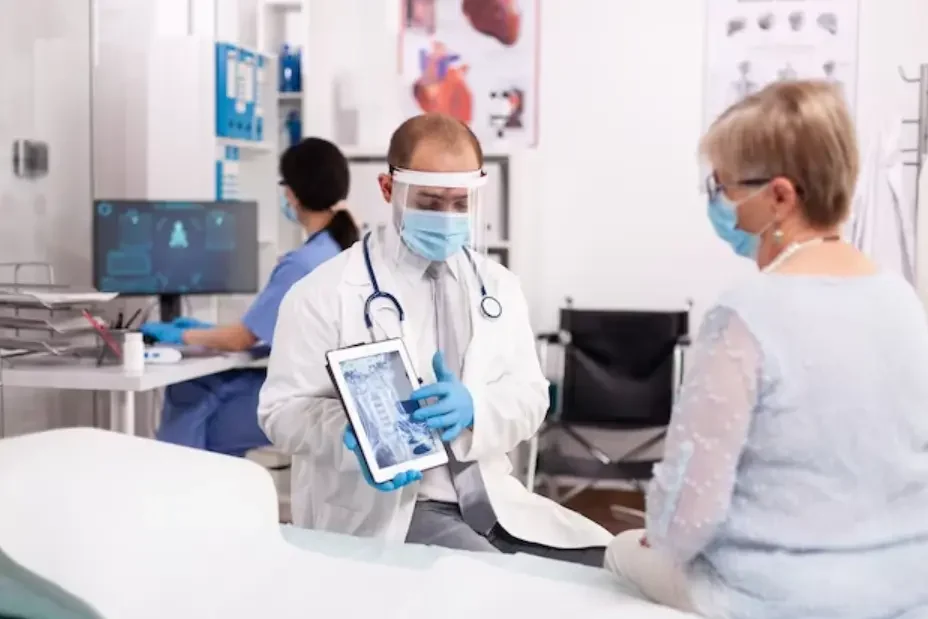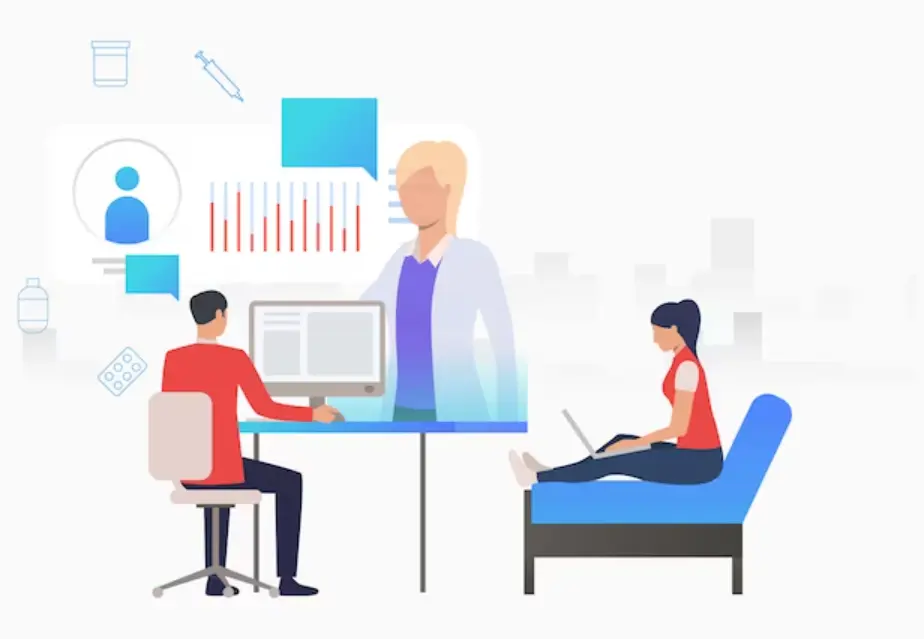
In the fast-evolving landscape of healthcare, Remote Patient Monitoring (RPM) has emerged as a revolutionary solution. At ABCD, we understand the importance of leveraging cutting-edge technologies to enhance patient care. In this comprehensive guide, we will delve into the world of Remote Patient Monitoring (RPM) in healthcare, exploring its various types, key features, benefits, and applications.
Types of Remote Patient Monitoring (RPM) Technologies in Healthcare:
- Wearable Devices: Wearable technologies have become increasingly popular in healthcare. These devices allow for continuous monitoring of vital signs such as heart rate, blood pressure, and oxygen levels, providing real-time data to healthcare providers.
- Telehealth Solutions: Telehealth platforms enable remote consultations and monitoring through video conferencing and digital communication tools. Patients can connect with healthcare professionals without the need for physical appointments.
- Home Monitoring Kits: These kits are designed for patients with chronic conditions. They include devices to measure parameters like blood glucose, enabling patients to monitor their health in the comfort of their homes.
Key Features and Benefits of Remote Patient Monitoring (RPM) in Healthcare:
Remote Patient Monitoring offers a multitude of benefits for both patients and healthcare providers:
- Real-time Data: RPM provides immediate access to patient data, allowing healthcare professionals to make timely decisions and interventions.
- Improved Patient Outcome: By monitoring patients remotely, healthcare providers can detect issues early, reducing hospital readmissions and improving overall patient outcomes.
- Enhanced Patient Engagement: Patients become active participants in their care, leading to better adherence to treatment plans and healthier lifestyles.
- Cost Savings: RPM can reduce healthcare costs by minimizing hospital stays and preventing complications.

Applications of Remote Patient Monitoring (RPM) in Healthcare:
- Chronic Disease Management: RPM is invaluable for patients with chronic conditions such as diabetes, hypertension, and heart disease. Continuous monitoring helps manage these conditions more effectively.
- Postoperative Care: Patients recovering from surgery can be monitored remotely, reducing the need for frequent hospital visits.
- Elderly Care: RPM is especially beneficial for the elderly population. It ensures their well-being by tracking vital signs and detecting falls or emergencies.
- Maternal and Fetal Monitoring: Pregnant women can benefit from RPM to monitor their health and the health of their unborn babies.
- Mental Health: RPM extends to mental health as well, enabling healthcare providers to monitor and support patients with conditions like depression and anxiety.
Case Studies of Remote Patient Monitoring (RPM) in Healthcare:
Limited Access to Healthcare in Rural Areas
- Solution: IoT-enabled RPM devices can bridge the healthcare gap. In a rural clinic in India, a telemedicine initiative integrated IoT devices like remote monitoring sensors, enabling doctors to remotely monitor patients’ vital signs. This reduced the need for patients to travel long distances for check-ups and improved access to healthcare.
Chronic Disease Management and Readmissions
- Solution: RPM with IoT can enhance chronic disease management. A healthcare system in the United States implemented IoT-based RPM for patients with heart failure. By continuously monitoring patients’ vital signs, the system could detect early signs of deterioration and intervene, resulting in a 30% reduction in hospital readmissions.
Aging Population and Senior Care
- Solution: IoT for RPM can improve senior care and independent living. In Japan, a senior living facility introduced wearable IoT devices that tracked residents’ movements, heart rate, and sleep patterns. This data helped identify potential health issues early, allowing for timely interventions and improving the overall quality of life for residents.
Post-Surgery Recovery and Rehabilitation
- Solution: IoT-enabled RPM aids in post-surgery recovery. A hospital in Germany employed IoT-connected wearable devices to monitor the progress of knee replacement surgery patients. The data collected allowed healthcare providers to tailor rehabilitation plans, resulting in faster recovery times and reduced complications.
Medication Adherence and Chronic Disease Management
- Solution: IoT-based RPM supports medication adherence. A study in the United Kingdom incorporated IoT-connected pill dispensers that provided reminders and tracked medication intake for patients with chronic conditions like diabetes. This approach led to improved adherence rates and better disease management.